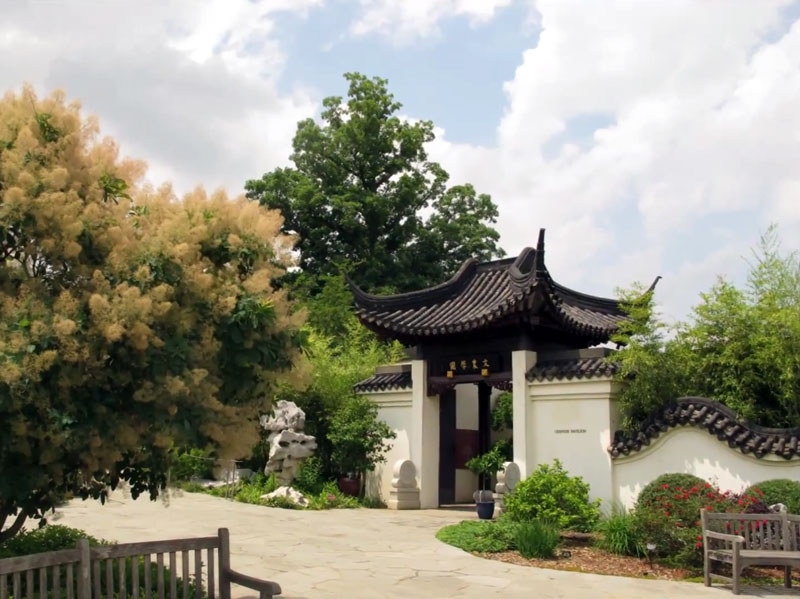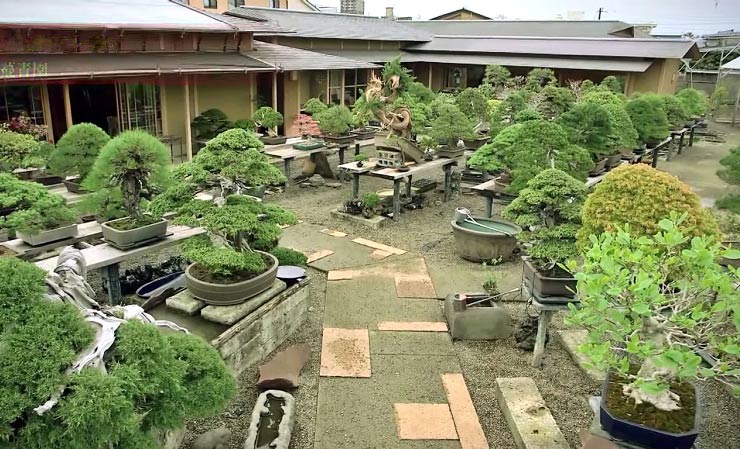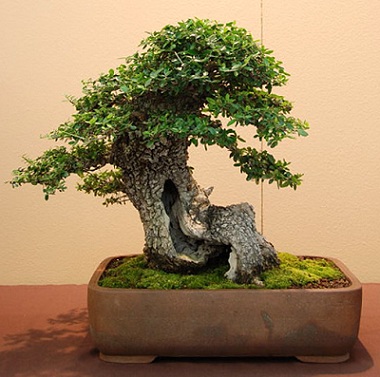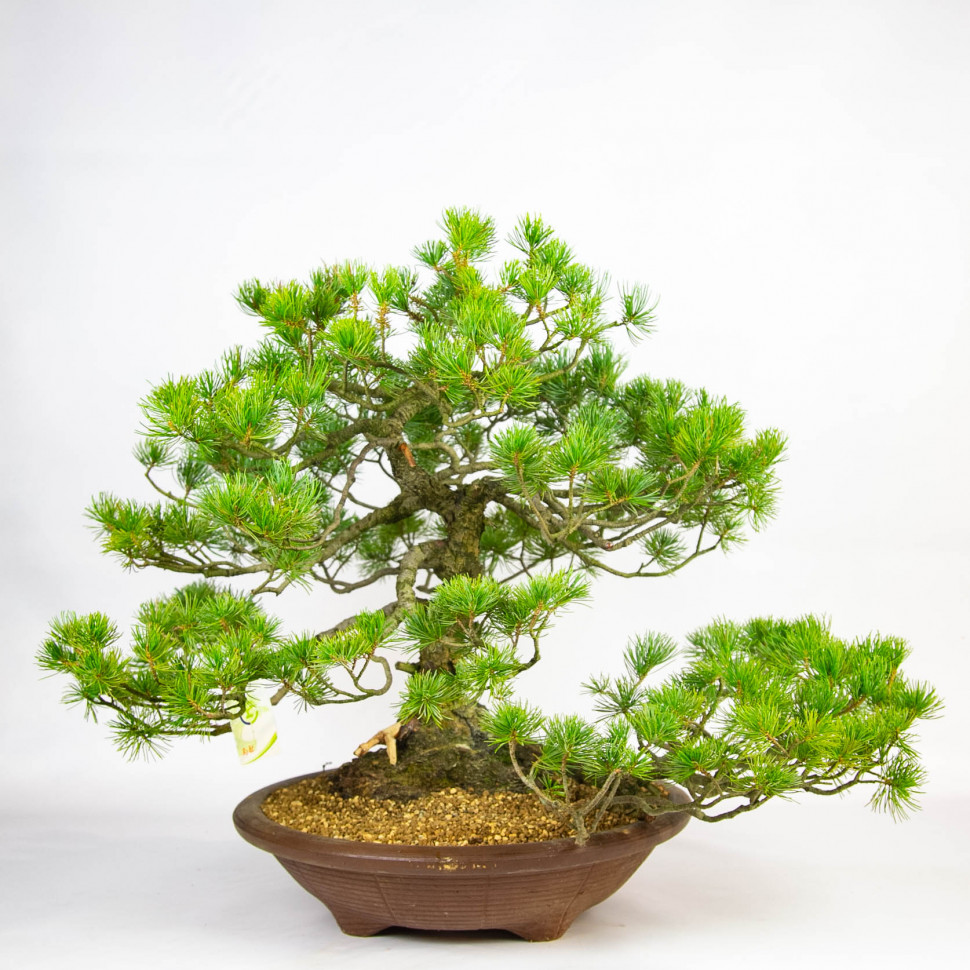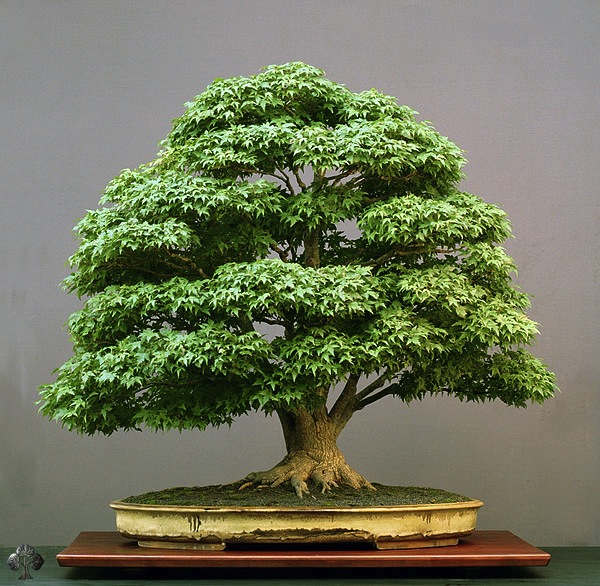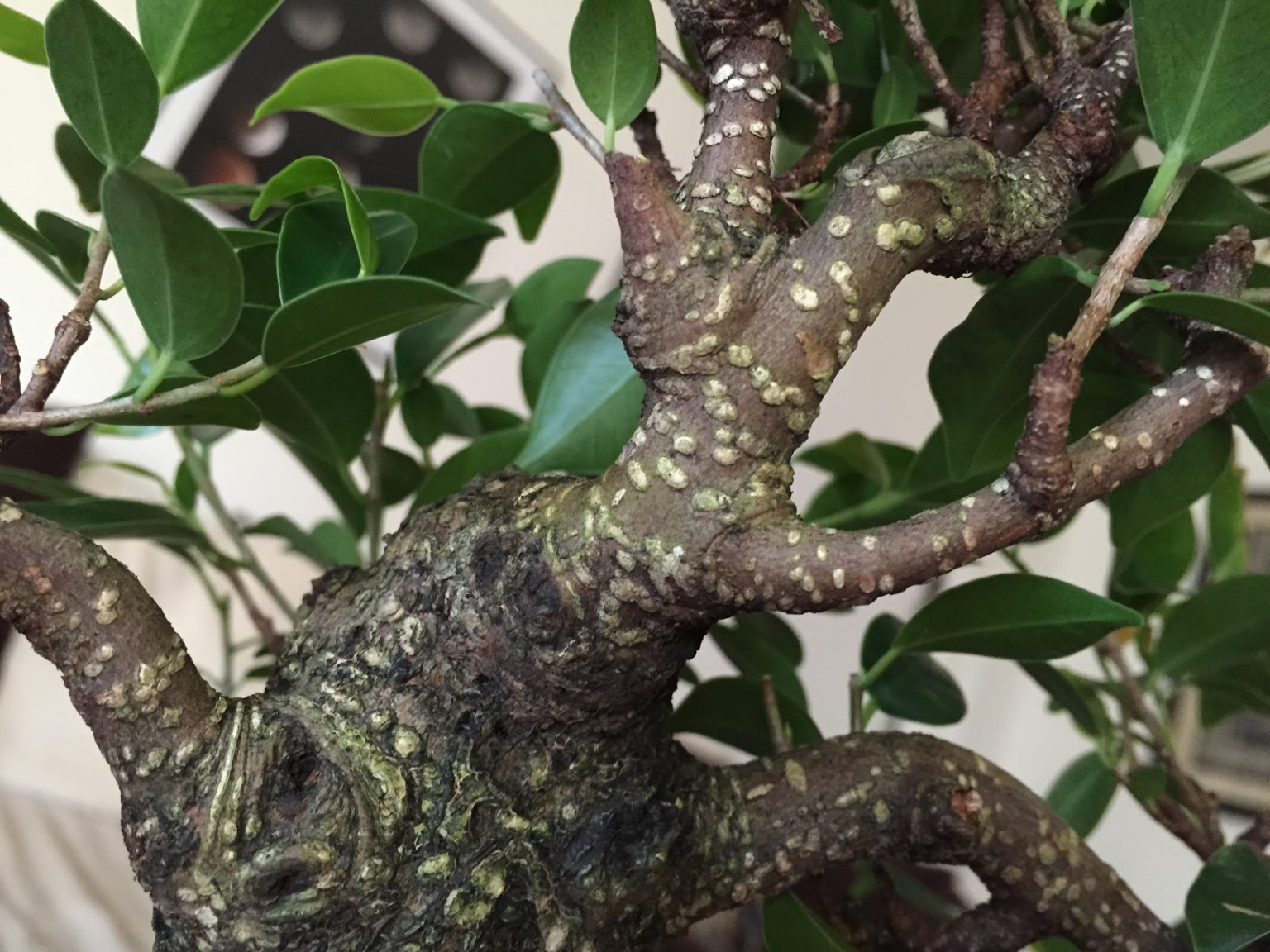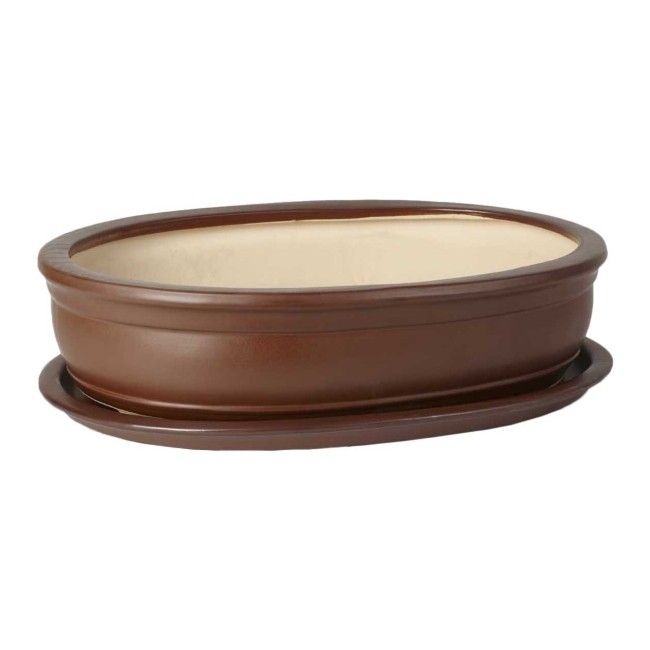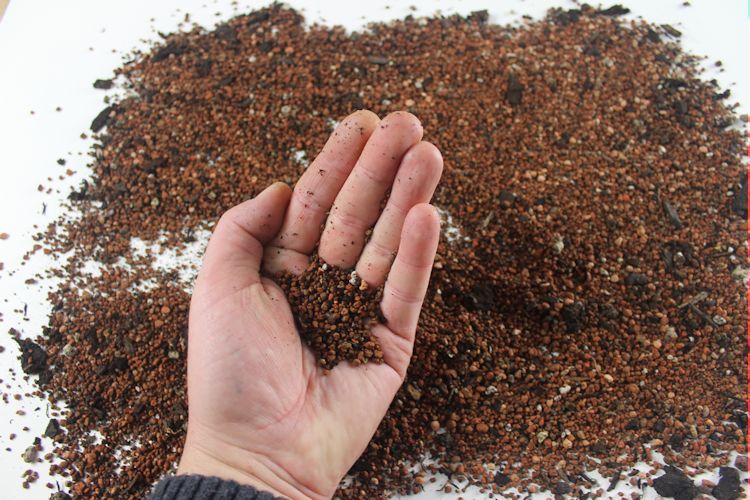It is believed that the oldest living personbonsai over 800 years oldIt is impossible to accurately determine the age of a tree without damaging it. Therefore, historical records are relied upon to indicate the type of tree, its style and shape. In addition, many of the most unique bonsai are in private collections and are not available to the general public.
Luckily, someoldest bonsaican be seen at exhibitions or at least in photographs. Below we will considerfive oldest bonsai:
- cypress "Chabo-Hiba"at the Arnold Arboretum in Boston;
- Red pine in the Japanese garden "Akao Herb & Rose Garden",
- Yamaki pinebonsai master Masaru Yamaki;
- collection of the Happo-en garden in Japan; and pineSandai Shogun no Matsu.
The Art of Bonsai
Although bonsai is most often associated with Japan, the practice of growing dwarf trees originated in China. It became an art form in 700 AD, and by 1333 AD, bonsai had arrived in Japan. The Japanese studied Chinese techniques, improved them, and developed new ways to grow bonsai.
Read more about the history of the art of bonsai in article
It takes years of hard training to master the art of bonsai. Bonsai trees are shaped and perfected over decades. In some cases, trees are made stunted to achieve the desired effect.
Attention! Such trees are extremely vulnerable and require special attention.
Perennial bonsai specimens are priceless and are cherished as family heirlooms and kept in museums and private collections.
Cypress "Chabo-Hiba"
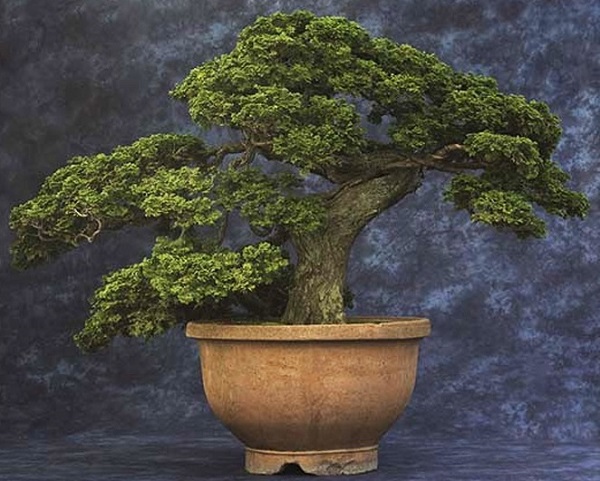
This cypress tree is over 200 years old and is located in the Arnold Arboretum of New England. The Arnold Arboretum is so old that it is nearing the end of its life cycle.
Some of the Arnold Arboretum specimens, including this cypress, were part of the collection of Larz Anderson. He amassed a collection of bonsai while he was ambassador to Japan. After Anderson's death, his wife donated the collection to the arboretum. At least seven of the bonsai are believed to be between 150 and 275 years old.
Red Pine in the Japanese Garden "Akao Herb & Rose Garden"
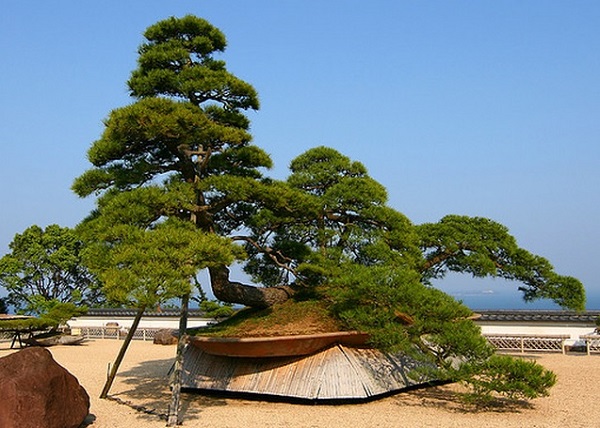
The Japanese garden "Akao Herb & Rose Garden" boasts not only one ofoldest bonsai, but also one of the largest bonsai in the world. It is a red pine tree over 600 years old, about 4.9 meters high and over 9.2 meters wide. The amazing thing is that this giant bonsai is planted inin a pot.
Pine Yamaki
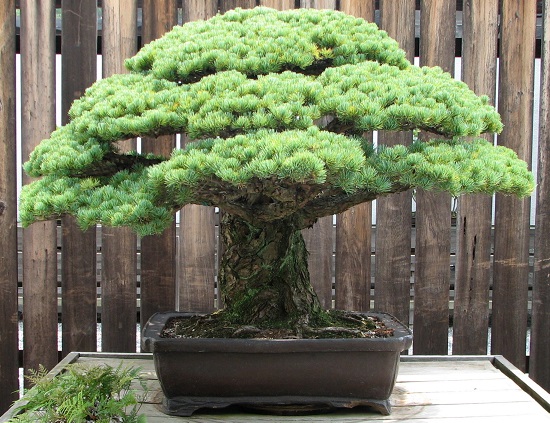
The National Arboretum in the United States of America has a 375-year-old Yamaki pine in its collection. This tree survived the bombing of Hiroshima during World War II. The tree was donated to the nursery in 1976 by the Yamaki family as part of Japan's Bicentennial Gift. This beautiful specimen was located two miles from the site of the "Little Boy" bomb explosion in Hiroshima and remained completely unharmed. The Weymouth pine is a very rare and valuable pine species for use as bonsai.
Garden Collection "Happo-en"
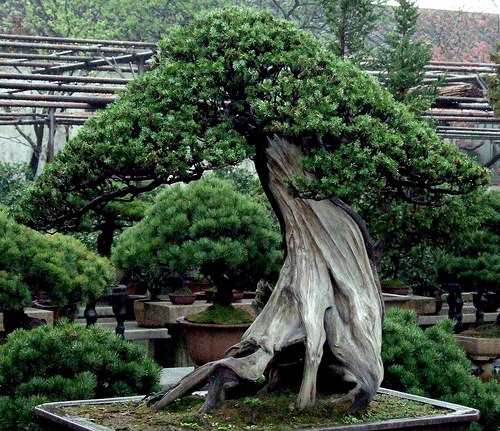
Literally meaning "a garden that is beautiful from all sides", Happo-en is a combination garden and tea house in Tokyo. Happo-en has many examples that are over 200 years old. The oldest is believed to be 8 centuries old.
Pine "Sandai Shogun no Matsu"
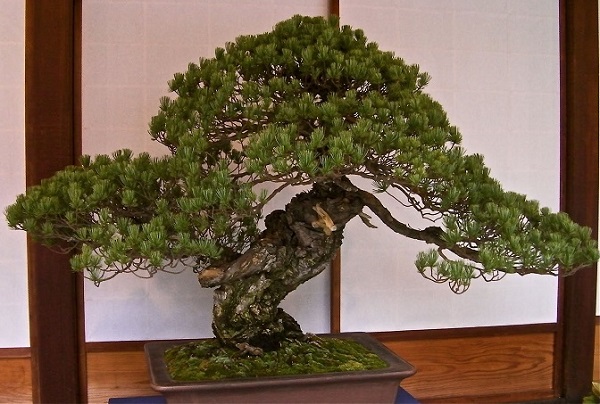
One of the oldest bonsai is The Sandai Shogun no Matsu. Translated as "Tokugawa third generation pine", it is a specimen that has been passed down through the line of Japanese emperors for at least 500 years.
Sandai has been carefully tended by many emperors, but it got its name from Tokugawa Iemitsu. Iemitsu received the bonsai when the tree was already at least 200 years old. He had such a strong love for gardening that he neglected his duties as a shogunate. Today, the pine remains in the collection of the Tokyo Imperial Palace. But, unfortunately, it is not in its prime. During World War II, the national bonsai collection suffered significant damage and it will take much longer to restore it.

